Select Bicycle Wheel Size
Looking for the perfect fit? Check Out These Best-Selling Bicycle Wheel.
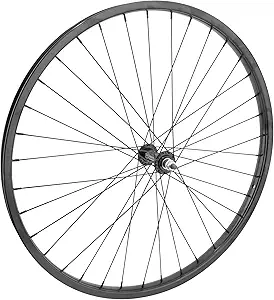
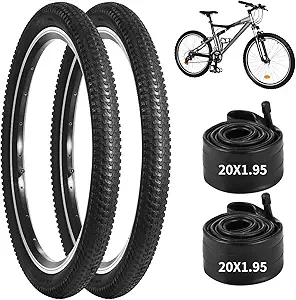
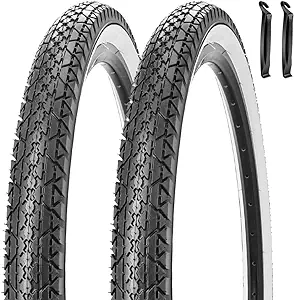
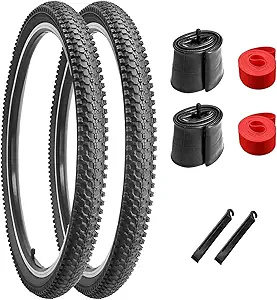
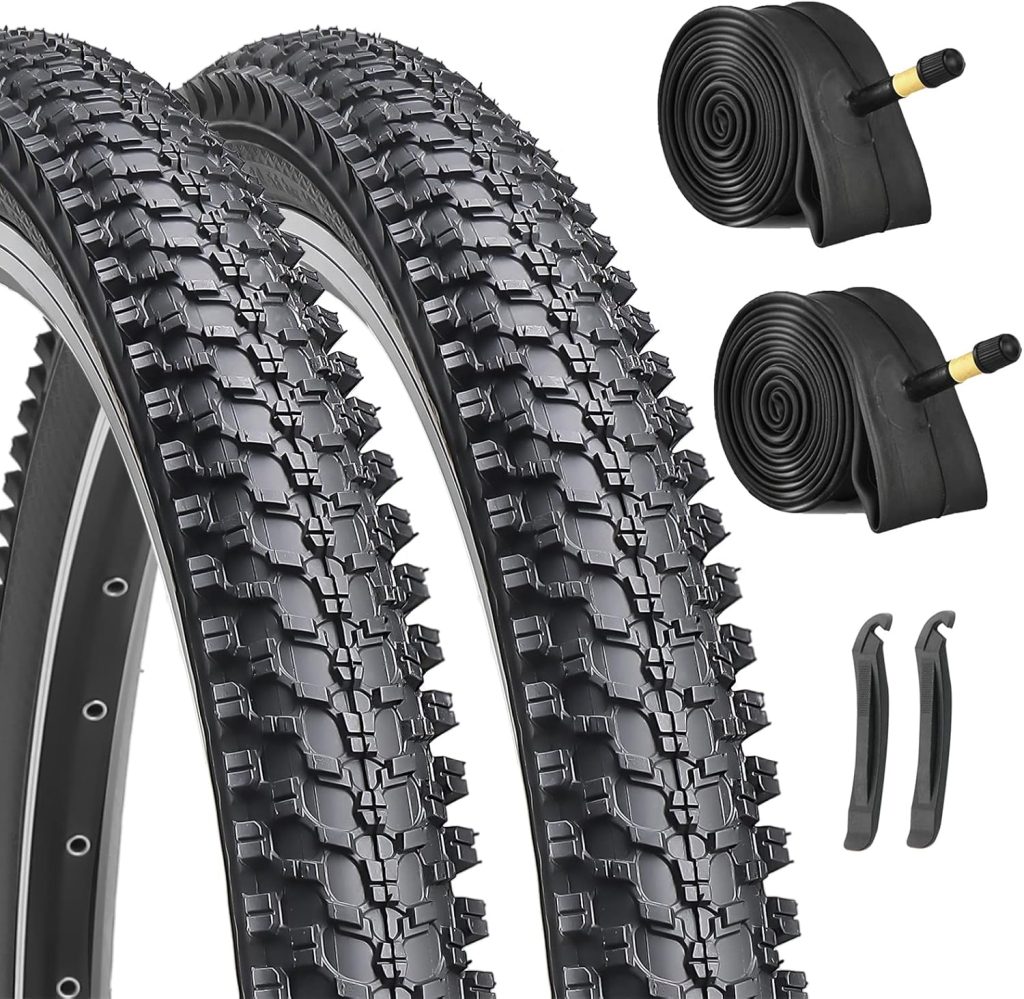
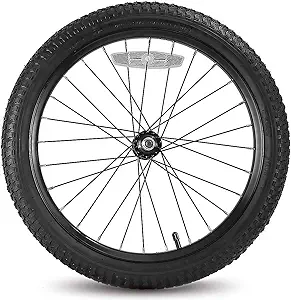
Ultimate Guide to Bicycle Wheel Sizes – Understanding the Differences and Choosing the Right One
When it comes to bicycles, one of the most crucial factors that influence performance, comfort, and safety is the wheel size. Bicycle wheels come in various sizes, each suited to specific types of bikes, terrain, and riding styles. The right wheel size will provide a better riding experience, while the wrong one may make your ride uncomfortable or even unsafe.
We’ll break down everything you need to know about bicycle wheel sizes, including a detailed bicycle wheel size chart, how to measure your wheels, factors that affect wheel size choice, and much more. Whether you’re a seasoned cyclist or a beginner, understanding these differences will help you make an informed decision when selecting wheels for your bike.
1. What Are Bicycle Wheel Sizes?
Bicycle wheel sizes refer to the diameter of the wheel, which significantly impacts the overall performance of the bike. The size of your wheels affects the bike’s handling, speed, comfort, and the type of terrain it can handle. Wheel sizes are usually represented in inches or millimeters and refer to the outer diameter of the tire, not the rim. While most riders focus on tire sizes, the actual wheel size can be a deciding factor in bike performance and fit.
The Primary Types of Bicycle Wheel Sizes:
- Road bike wheels: Typically smaller and narrower, built for speed on smooth pavement.
- Mountain bike wheels: Larger and wider, designed for tackling rough terrains like trails and dirt paths.
- Hybrid bike wheels: A middle ground between road and mountain bikes, suitable for a variety of surfaces.
2. Understanding the Different Bicycle Wheel Sizes
There is no one-size-fits-all when it comes to bicycle wheel sizes. Here are the most common types you will encounter:
26-Inch Wheels
26-inch wheels were the standard for mountain bikes for many years and are still common on older models. They are known for their agility and responsiveness, making them great for tight trails and technical riding. However, they don’t provide the same rolling speed or comfort as larger wheels.
27.5-Inch Wheels (650B)
The 27.5-inch wheel, also known as the 650B, is a newer size that fills the gap between the traditional 26-inch and 29-inch wheels. They offer better rollover capabilities and a smoother ride than 26-inch wheels but are more maneuverable than 29-inch wheels. 27.5-inch wheels are increasingly becoming popular for trail and enduro mountain bikes.
29-Inch Wheels
29-inch wheels, often referred to as “29ers,” are large wheels typically found on modern mountain bikes. They offer the best rolling speed and stability on rough terrain, making them a popular choice for cross-country riders and gravel bikers. However, they can be harder to handle in tight spaces, such as narrow trails, and may add extra weight to the bike.
700C Wheels
The 700C size is commonly used for road bikes, gravel bikes, and touring bikes. These wheels are measured at a nominal 700mm diameter, but the actual measurement can vary slightly. They are typically paired with narrower tires to reduce rolling resistance and improve speed on paved roads. 700C wheels are the go-to choice for road racing.
650C Wheels
650C wheels are smaller than the 700C size and are used on some road bikes and triathlon bikes. These wheels are typically found on bikes designed for smaller riders, as they offer a more comfortable fit. They provide better handling in tight spaces but sacrifice some of the speed and efficiency of the 700C wheels.
3. Bicycle Wheel Size Chart
Choosing the right bicycle wheel size is crucial for both performance and comfort. Below is a bicycle wheel size chart that lists various wheel sizes and their corresponding tire sizes.
| Wheel Size (inches) | Wheel Size (mm) | Typical Bike Type | Common Tire Size | Description |
|---|---|---|---|---|
| 20 inches | 406 mm | Kids’ bikes, folding bikes | 20 x 1.75, 20 x 2.0 | Small wheels for compact, lightweight bikes. |
| 24 inches | 507 mm | Kids’ bikes, some cruisers | 24 x 1.75, 24 x 2.0 | Larger wheels for growing kids, hybrid bikes. |
| 26 inches | 559 mm | Mountain bikes, older bikes | 26 x 1.75, 26 x 2.0 | Standard size for older mountain bikes, stable on rough trails. |
| 27.5 inches (650B) | 584 mm | Modern mountain bikes | 27.5 x 2.0, 27.5 x 2.4 | Better rollover and comfort than 26-inch wheels. |
| 29 inches | 622 mm | Mountain bikes, cross-country | 29 x 2.0, 29 x 2.2 | Popular size for modern mountain and gravel bikes. |
| 700C | 622 mm | Road bikes, gravel bikes | 700 x 23c, 700 x 28c | Common size for road and racing bikes. |
| 650C | 571 mm | Road bikes (smaller riders) | 650 x 23c, 650 x 25c | Smaller diameter for triathlon and smaller riders. |
4. How to Measure Your Bicycle Wheel Size
Measuring your bicycle wheel size can be done easily by checking the markings on the side of the tire. The sidewall of the tire usually contains the tire size written in a format like 26 x 2.0 or 700C x 23mm. The first number represents the diameter (in inches or millimeters), while the second number indicates the tire width.
If the size is not listed on the tire, you can use a tape measure to measure the diameter of the wheel from edge to edge, excluding the tire.
Key Points to Measure:
- Tire diameter: The overall diameter of the tire, including the tread.
- Rim diameter: The measurement across the rim (without the tire).
- Tire width: The width of the tire when fully inflated.
5. Factors to Consider When Choosing the Right Wheel Size
Selecting the correct wheel size involves more than just choosing the largest or smallest wheel. Several factors will help determine the best wheel size for your bike:
a) Bike Type and Purpose
- Road Bikes: For road cycling, 700C wheels are the standard size because they offer low rolling resistance and high efficiency.
- Mountain Bikes: Depending on the terrain, mountain bikes often use 26-inch, 27.5-inch, or 29-inch wheels, with 29-inch wheels being the most popular choice for cross-country and trail riding.
- Hybrid Bikes: Hybrid bikes typically use 700C wheels for a good balance of speed and comfort on both pavement and light off-road terrain.
- Kids’ Bikes: Kids’ bikes typically use 20-inch or 24-inch wheels depending on the age and size of the rider.
b) Rider Size and Fit
Larger wheels can offer a more comfortable ride, especially for taller riders, while smaller wheels provide a more responsive feel, making them ideal for smaller riders and bikes that require quicker handling.
c) Terrain
- Smooth Pavement: Smaller wheels with narrower tires are best for road bikes riding on paved surfaces.
- Rough Terrain: For mountain biking, larger wheels with wider tires (e.g., 27.5-inch or 29-inch wheels) offer better stability and the ability to roll over obstacles more easily.
- Mixed Terrain: Hybrid bikes use wheels that are between 700C and 26 inches, making them versatile enough to handle both pavement and dirt paths.
6. Advantages and Disadvantages of Different Wheel Sizes
Each wheel size has its advantages and trade-offs. Let’s take a look at the benefits and drawbacks of common bicycle wheel sizes:
26-Inch Wheels:
- Advantages: Agile, easy to handle, lighter weight.
- Disadvantages: Less stability and traction on rough terrain compared to larger wheels.
27.5-Inch (650B) Wheels:
- Advantages: Great balance between maneuverability and rollover ability.
- Disadvantages: Slightly heavier and less agile than 26-inch wheels.
29-Inch Wheels:
- Advantages: Excellent rollover ability, better stability on rough terrain, faster speed.
- Disadvantages: Can be harder to handle on tight, technical trails, and heavier than smaller wheels.
700C Wheels:
- Advantages: Fast and efficient on paved roads, low rolling resistance.
- Disadvantages: Not ideal for rough terrains or mountain biking.
7. How Wheel Size Affects Performance
The size of your bicycle wheels significantly affects your riding experience. Here’s how:
- Speed: Larger wheels generally offer better rolling efficiency, allowing you to maintain higher speeds with less effort, especially on smooth surfaces.
- Comfort: Bigger wheels, such as 29-inch or 700C, provide a smoother ride because they roll over obstacles with less effort.
- Handling: Smaller wheels (26-inch or 650C) offer quicker handling and agility, which is beneficial for mountain biking in technical terrain.
8. Bicycle Wheel Size and Terrain
Different wheel sizes are suited for different terrains:
- Road bikes: 700C wheels are best for smooth, paved roads due to their lower rolling resistance and speed.
- Mountain bikes: 29-inch wheels are ideal for cross-country and trail riding, while 26-inch wheels are better suited for technical trails.
- Gravel and hybrid bikes: 700C or 27.5-inch wheels are often used to offer a balance of speed, comfort, and stability for mixed terrain.
9. Tips for Choosing the Right Wheel Size for Your Bike Type
- Road Bikes: Go for 700C wheels, which provide a smooth and fast ride on pavement.
- Mountain Bikes: Consider 29-inch wheels for stability and efficiency, or 27.5-inch wheels for better handling and agility.
- Hybrid Bikes: Choose 700C wheels for a versatile, all-around ride on a variety of terrains.
10. How to Maintain and Care for Bicycle Wheels
Proper maintenance ensures that your bike wheels remain safe and efficient. Here are some tips:
- Regularly check tire pressure.
- Inspect tires for wear and damage.
- Keep wheels clean and free of debris.
- Tighten spokes and check wheel alignment.
11. Conclusion
Choosing the right bicycle wheel size is essential for ensuring a smooth, comfortable, and efficient ride. By understanding the differences in wheel sizes and how they affect performance, terrain handling, and comfort, you can select the best wheel size for your bike and riding style. Whether you’re looking for speed, agility, or stability, the right wheel size can make a significant difference in your cycling experience.
Let me know if you have any questions or need further details on any aspect of bike wheel sizes!
